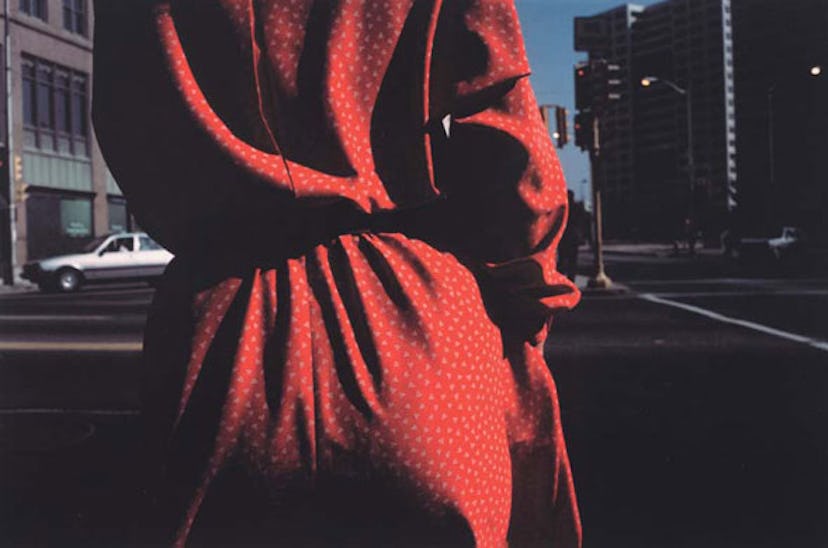Oct 30: Voyeurism at SFMoMA
Whether it’s security-camera footage of a robbery in progress, cell-phone shots of a protest march, or paparazzi snaps of stars off-duty, surveillance images are so commonplace...

Whether it’s security-camera footage of a robbery in progress, cell-phone shots of a protest march, or paparazzi snaps of stars off-duty, surveillance images are so commonplace they’ve become the wallpaper of modern life. It’s easy, then, to overlook the genre’s rich history and what the prevalence of such pictures says about who we are. A new exhibition at the San Francisco Museum of Modern Art—“Exposed: Voyeurism, Surveillance and the Camera Since 1870” (October 30 to April 17, 2011)—offers a few insights. From Walker Evans’s glimpses of subway riders, shot discreetly with a small camera, to photos of the war in Iraq, taken using night-vision goggles, “Exposed” draws on hundreds of pictures to tell the story of what curator Sandra S. Phillips calls “invasive looking.” Seen together, the images blur the lines between subject, viewer, and voyeur. “I wanted to bring people back to an understanding about borders and the whole notion of privacy,” says Phillips, who adds that, for all its breadth, the show is but a “first crack at this enormous subject.”
Harry Callahan’s Atlanta (1984), dye transfer print: Collection SFMoMA, Accessions Committee Fund Purchase, © the estate of Harry Callahan, courtesy of Pace/MacGill Gallery, New York